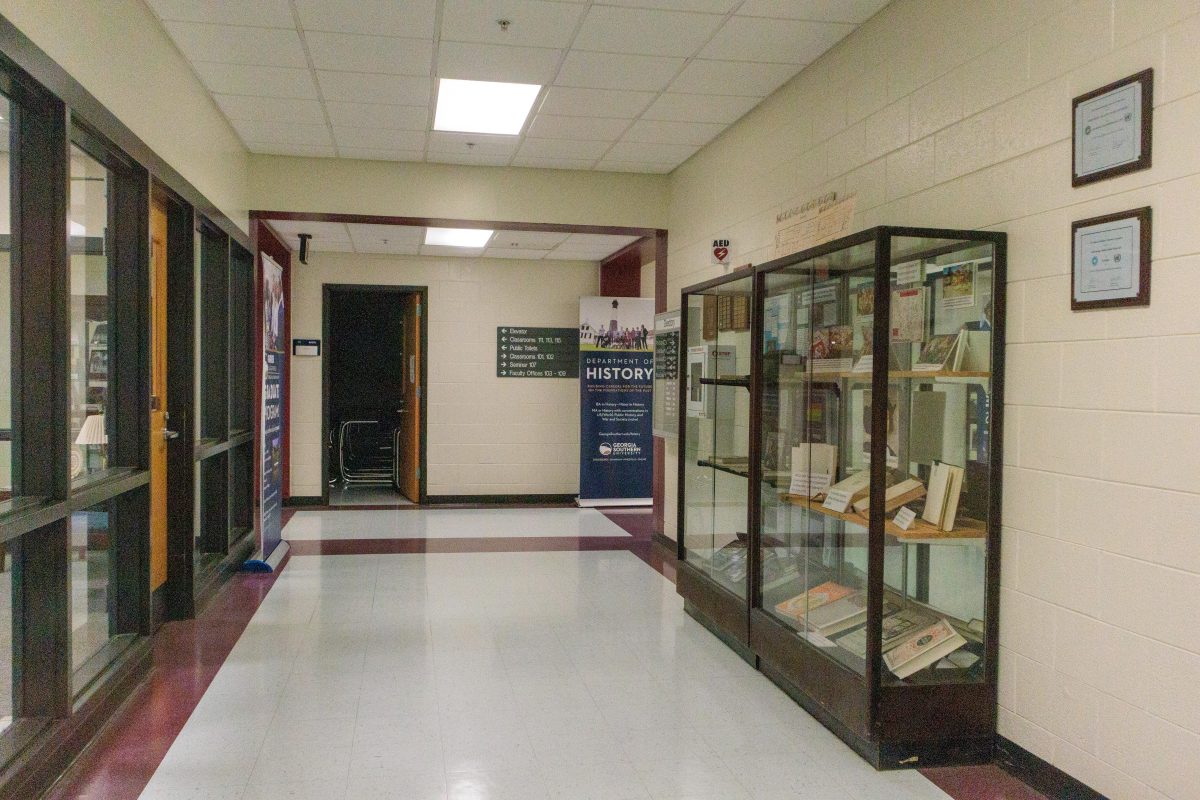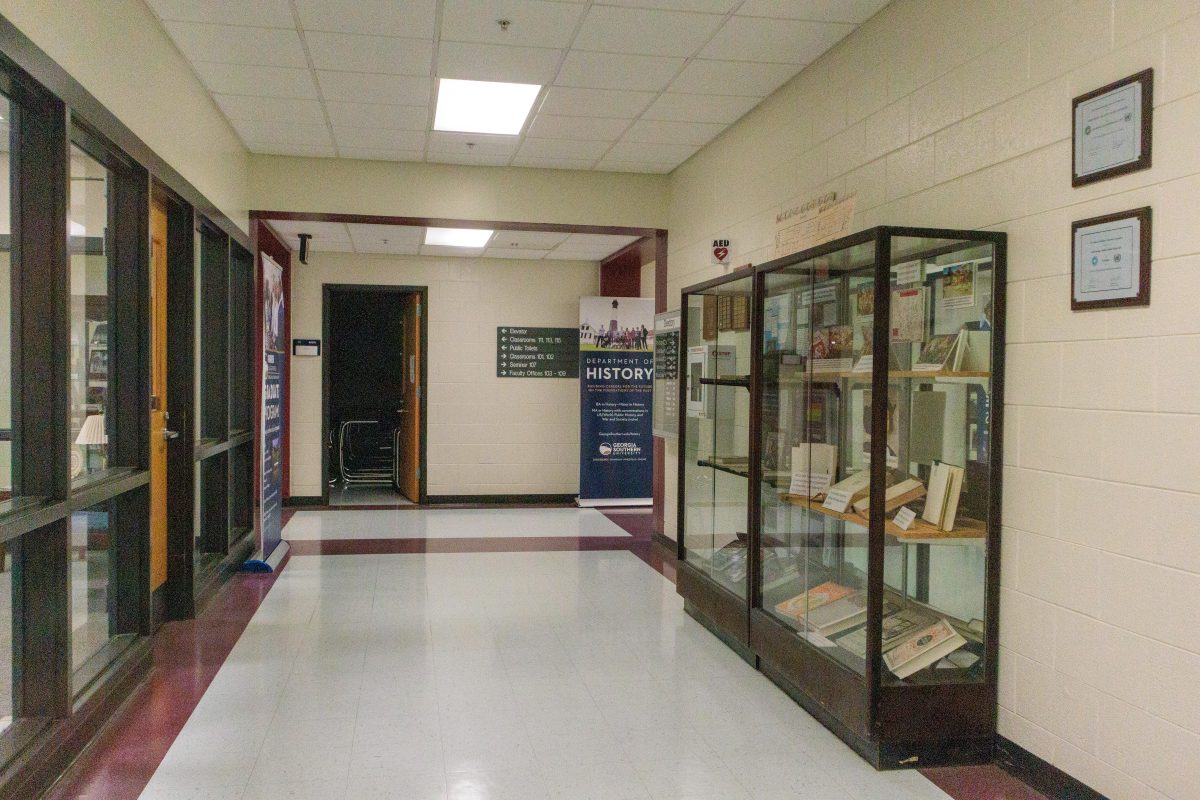By Jay-Ce Heisig
Anyone and everyone can complain about the unoriginal and miniscule effort that our school cafeteria, The Galley, has to offer. We can all complain about the quality and how it has made us sick to our stomachs and the sort. However, this is not my topic of discussion about the infamous school cafeteria. Clearly, not much has been done to change what is being issued to the hungry, lethargic mouths that come back day in and day out, breakfast to dinner. Often times I hear the questions, “What is it?” or “What is in it?” and the confident answer “I don’t know!” This is what needs to be changed.
Yes, there are these little pieces of paper next to the more generalized courses of foods telling you of the nutritional content and makeup. Nutritional content that is placed in black print, size 6 font, and all in one long horizontal line that no one can really stand there and look at. Especially when lunch or dinner rush is in full swing. Some of the time, it is unclear as to which item the list is referring to on these pieces of paper. They are in a list that does not always seem to be in order from nearest to farthest, farthest to nearest, numerical, or for all we know, it could be speaking of something across the entire floor. I approached the pizza section one glorious afternoon and looked at this little piece of paper. There were about 4 items on the list that were supposed to describe the nutritional content of each pizza presenting itself towards me. The second option on the paper, said something of some odd pizza I had never heard of, so I looked at the ingredients, and lo and behold they did not amount to the type of pizza of which I thought it was referring. So to that, the piece of paper deemed utterly useless and only added to the confusion. Another time, I looked at this most informing of papers, and the fat content read about 117g of fat. Highly alarmed, I asked the cook behind the counter and he confirmed to me that it was a mistake. A mistake that certainly took too much effort to click and delete. Obviously, I am very meticulous about what I put in my body. I track everything I eat during the day through MyFitnessPal and know how much of everything I am getting through what I eat. Not every person will be as detail oriented as I am with their nutrition. However, it is everyone’s right to know what exactly they are putting into their mouths. If a meal plan is going to be required of every student, some attention to detail should be required as well. There is a simple solution to the betterment of these ‘nutrition labels’ placed before us during times of eating. Make them real nutrition labels. When you look on the back of a Doritos bag, there is this nice big block that reads “Nutrition Facts”. Surely we have all seen them. These have been revised over and over by the FDA to assure that the nutritional content is concrete and noticeable to even the near sighted. Georgia State University does this in a marvelous fashion. Above each and every item in their cafeteria there is one of these labels in the same fashion as you see on the back of a Doritos bag. Plain black and white, double digit font, smack right on the transparent glass that covers the food itself. It doesn’t get much more obvious than that. Simple, yet to the point, for EVERY item. Including the salad bar and its dressings. I’m not asking the galley employees to serve us home cooked meals like mom used to. I’m simply asking whoever is in charge of informing the public of nutritional content, and of what is written into government approved acts to do what is best for their school’s health and in a number of years, the countries health to which our student body will disperse throughout. Make it clear and informative. Our cafeteria serves as a matter of convenience for most of Armstrong’s students, why not make information convenient as well?






